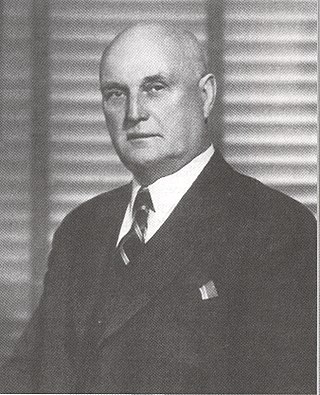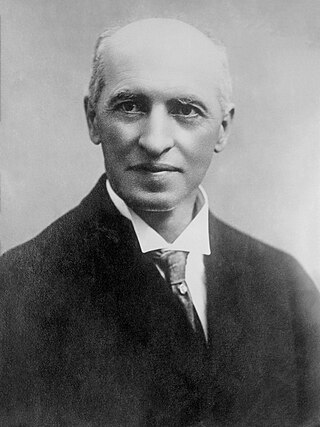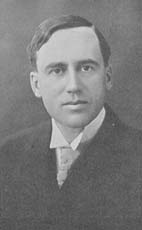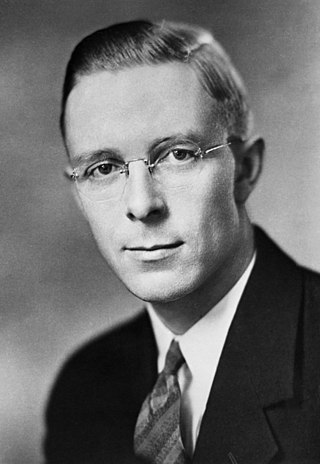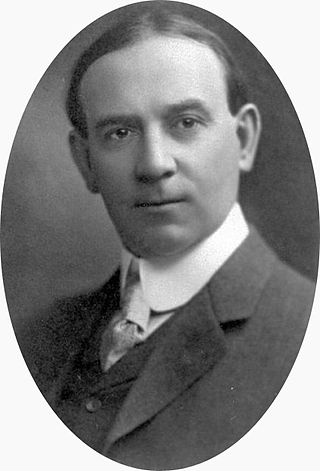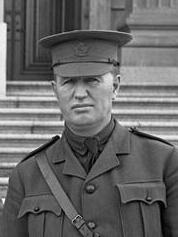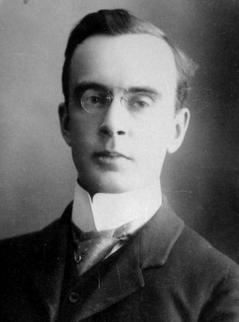| |||||||||||||||||||||||||||||||||||||||||||||||||||||||||||||||||||||||||||||||||||
58 seats in the Legislative Assembly of Alberta 30 seats were needed for a majority | |||||||||||||||||||||||||||||||||||||||||||||||||||||||||||||||||||||||||||||||||||
|---|---|---|---|---|---|---|---|---|---|---|---|---|---|---|---|---|---|---|---|---|---|---|---|---|---|---|---|---|---|---|---|---|---|---|---|---|---|---|---|---|---|---|---|---|---|---|---|---|---|---|---|---|---|---|---|---|---|---|---|---|---|---|---|---|---|---|---|---|---|---|---|---|---|---|---|---|---|---|---|---|---|---|---|
| |||||||||||||||||||||||||||||||||||||||||||||||||||||||||||||||||||||||||||||||||||
| |||||||||||||||||||||||||||||||||||||||||||||||||||||||||||||||||||||||||||||||||||
The 1917 Alberta general election was held on 7 June 1917 to elect members of the Legislative Assembly of Alberta. The Liberals won a fourth term in office, defeating the Conservative Party of Edward Michener.
Contents
- Electoral system
- Results
- Members of the Legislative Assembly
- Members acclaimed under Section 38
- 1917 soldiers' and nurses' vote
- See also
- References
- Further reading
Because of World War I, eleven Members of the Legislative Assembly (MLAs) were re-elected by acclamation, under Section 38 of the Election Act, which stipulated that any member of the 3rd Alberta Legislative Assembly, would be guaranteed re-election, with no contest held, if members joined for war time service. [1] Eleven MLAs were automatically re-elected through this clause. (None were re-elected in the next election.)
In addition, soldiers and nurses from Alberta serving in the First World War elected two MLAs. Two extra seats were thus added just for this election. The MLAs were non-partisan officially. But both Robert Pearson and Roberta MacAdams allied themselves to Labour and Non-Partisan League MLAs by showing social consciousness in regards the conditions available for returned soldiers and working families. These two members were elected in one contest, while each other MLA was elected through first past the post in a single-member district.
In 1917, the main issue facing the nation was conscription. In Alberta, where support for conscription was high, the incumbent Liberal government of Arthur Sifton decided to break with federal Liberal leader Wilfrid Laurier and support Conservative Prime Minister Robert Borden's efforts to form a coalition government. The two major parties both supported conscription, but growing labour and farmer activism, and the entry of women into politics, both as voters and candidates, made the election exciting enough that 30,000 more votes were cast than in the previous election (although they were nothing like the high numbers that would be cast in the 1921 election).
This was the last time Liberals won an Alberta provincial election. The 1917 election stood for 106 years as the tightest majority formed in Alberta, with the combined opposition equaling 41% of the MLAs, a mark not exceeded until 2023. Premier Sifton resigned in October 1917 in order to serve in the federal Unionist government of Prime Minister Borden and was replaced by Charles Stewart.
This was the first election in Alberta that women (those who were British subjects or Canadian citizens more than 20 years of age who were not Treaty Indian) had the right to vote and run. Two women were elected in the legislature that year. One of these was Roberta MacAdams, elected as one of two representatives of soldiers and nurses serving in the war. The other, Louise McKinney, was elected as a candidate of the Non-Partisan League. Her election and the election of fellow NPL candidate James Weir were harbingers of the rise of farmer politics that would see the election of the UFA government in 1921.
The Alberta Labor Representation League, which opposed conscription, elected one member in Calgary, Alex Ross.
The vote in the Athabasca district was conducted on 27 June 1917 due to the remoteness of the riding.



